It’s no secret that space is incredibly weird, but every year astronomers seem to outdo themselves in discovering bizarre new objects and events. From extreme exoplanets to stars with strange fates, clues to an old mystery and the beginnings of a brand new one, here are 10 of the weirdest astronomical discoveries that blew our minds (and those of scientists) this year.
The extremely uninhabitable exoplanet
K2-141b is a rocky Super-Earth exoplanet with a very familiar cycle. Like our home planet, it has fluid oceans which evaporate into clouds, then condense and fall back to the surface as rain. But we’re not talking about water here – all this happens with rock.
Huge swaths of K2-141b’s surface are predicted to be covered in seas of lava. Its incredibly close star would make the weather hot enough to vaporize that rock, creating an atmosphere of silicon dioxide that’s carried by the supersonic winds to the night side of the planet, where it cools and falls as a rocky rain.
So don’t blame us if we put this one last on our list of must-visit planets for when humans invent warp speed.
The planet that never was
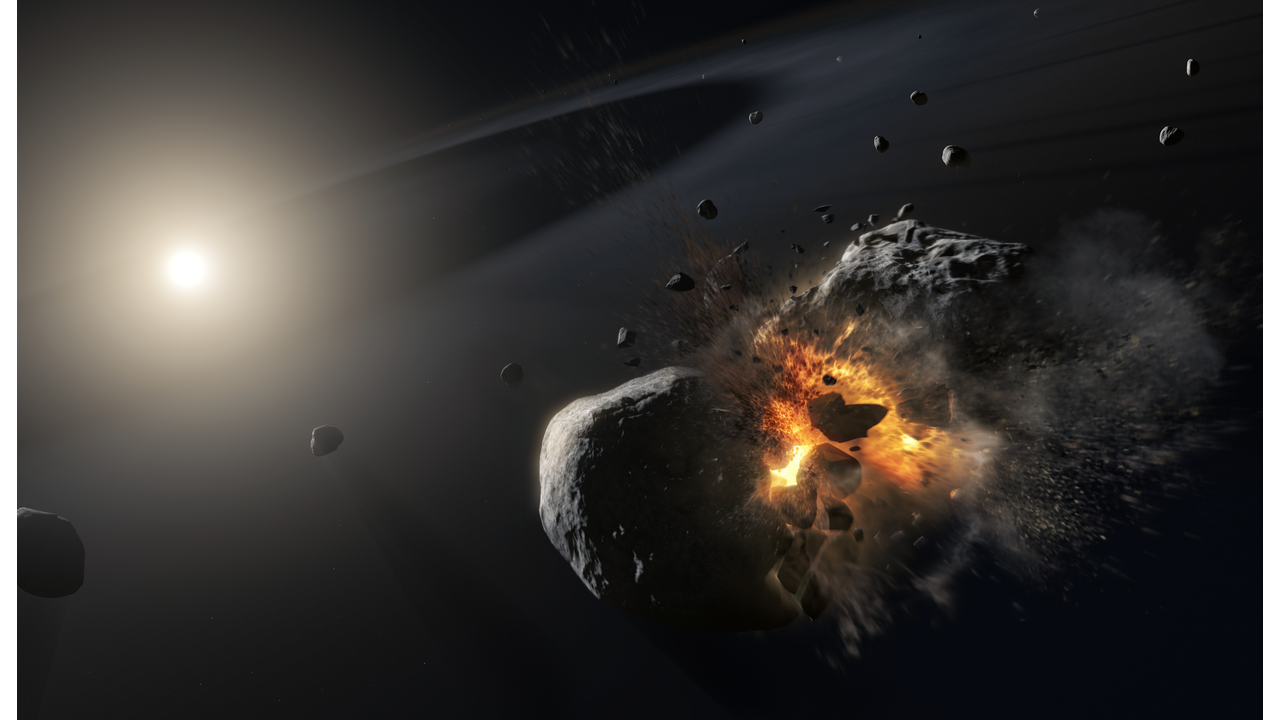
ESA, NASA and M. Kornmesser
Fomalhaut b was one of the first exoplanets to be discovered – and this year, astronomers undiscovered it. A team analyzing a decade’s worth of Hubble observations found that what had been a bright spot of light in 2004 had completely vanished by 2014.
That’s obviously not something planets can do easily, and the researchers proposed a rather neat explanation – Fomalhaut b had never existed. Well, not as a planet anyway. Computer simulations suggested it was more likely a dense dust cloud, created from a collision between two asteroids or comets, which then drifted apart over a decade.
It may not be a planet, but witnessing this kind of short-lived cosmic event is even more impressive.
A star is unborn
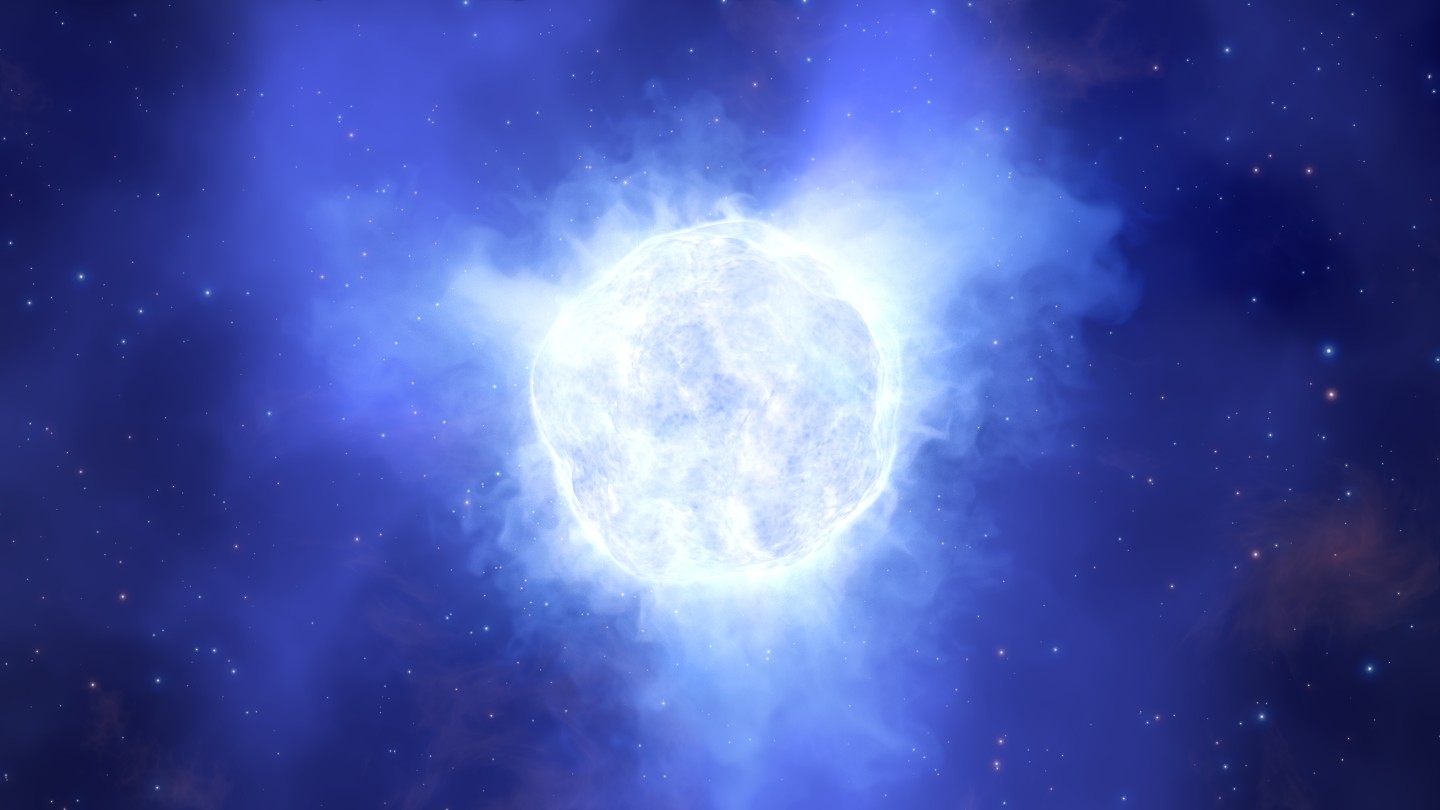
ESO/L. Calçada
Planets aren’t the only thing seen disappearing without a trace – a gigantic, bright star also recently went quietly into the night.
The object formerly known as a luminous blue variable star was located in the Kinman dwarf galaxy about 75 million light-years away. At that distance, it made its presence known with an incredible light signature roughly 2.5 million times brighter than the Sun. Until it didn’t.
The star was last sighted in 2011, but when astronomers went to study it less than a decade later, it had simply vanished. Normally you’d expect a star like this to go out with a bang and a very obvious supernova, but this one seems to have ghosted us in a way that’s left astronomers puzzled.
Supernova survivor
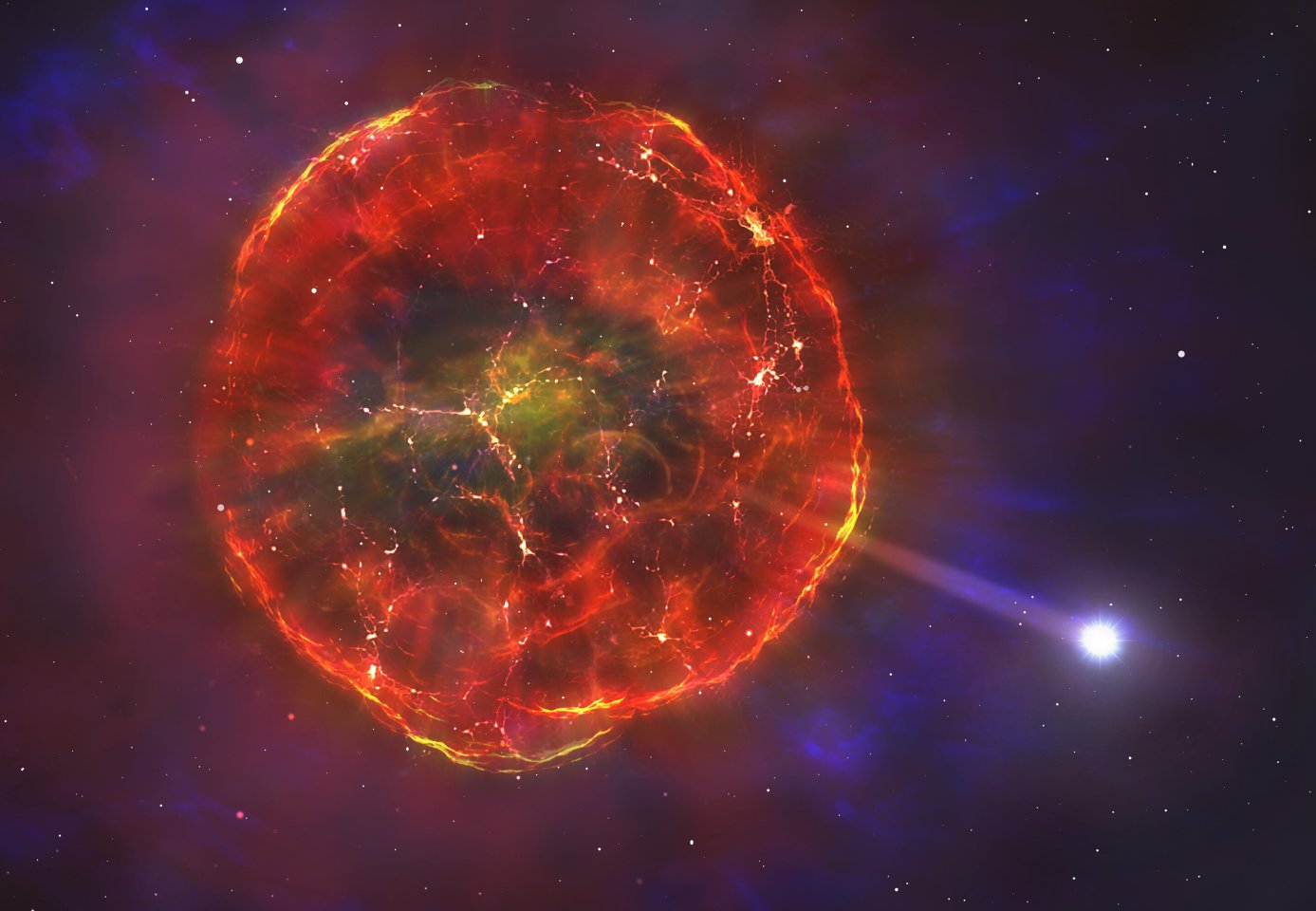
University of Warwick/Mark Garlick
On the subject of stars with strange fates, earlier this year a white dwarf was found to have gone supernova – and survived, against everything we thought we knew.
The clues paint an odd picture. The star has an unusual composition, without the expected hydrogen or helium but packing carbon, sodium and aluminum, which normally aren’t present in white dwarfs. It’s tiny, only about 40 percent the mass of the Sun. And it’s absolutely hooning through the galaxy at a blistering 900,000 km/h (560,000 mph).
The only explanation the team could come up with was that it had somehow gone through a partial supernova and survived. That would have burned off the missing elements, produced the unexpected ones, shrunk its mass, and sent the star hurtling off at its incredible speed.
Black hole turning a star into a planet
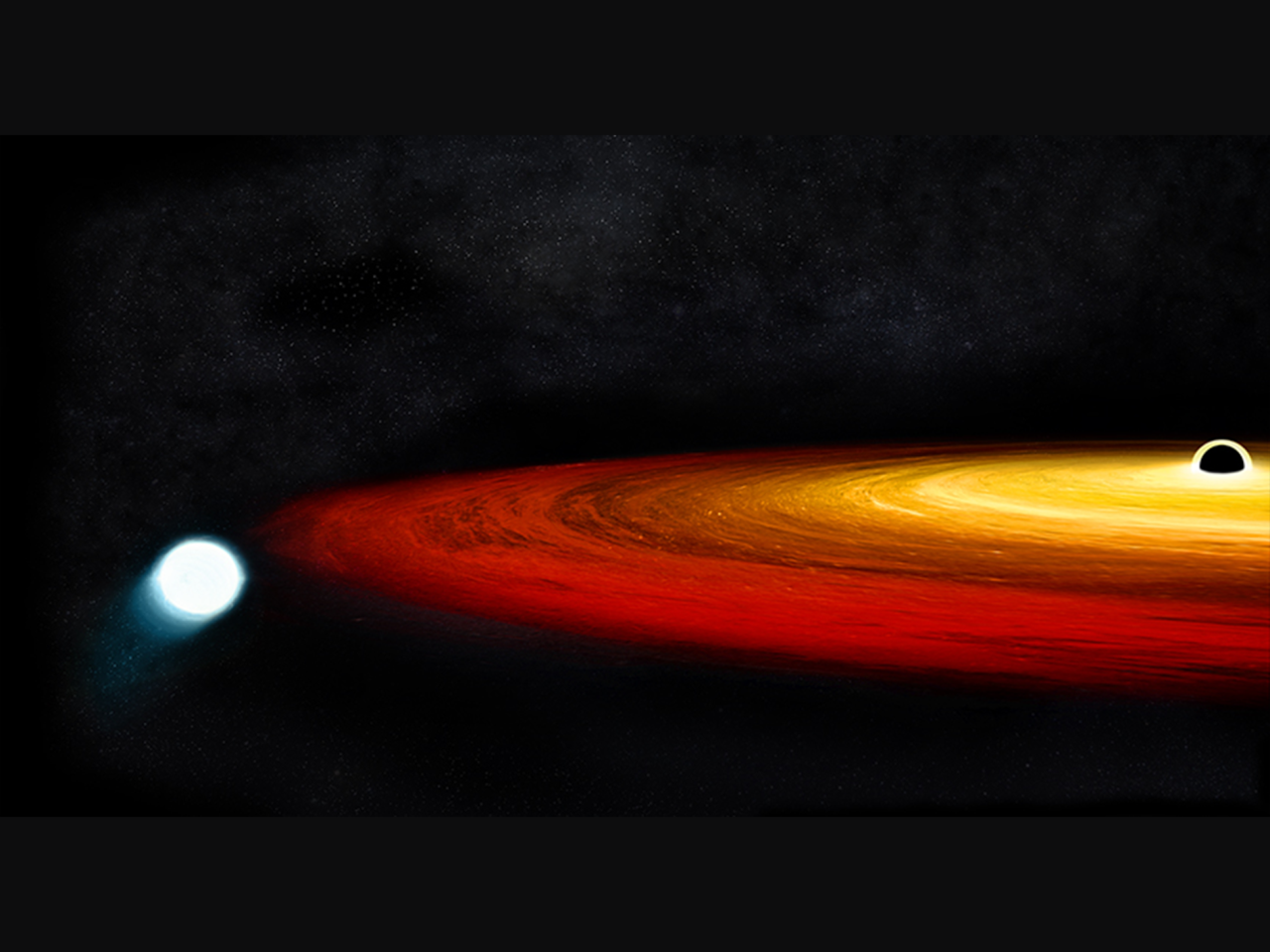
NASA/CXC/M. Weiss
But the most bizarre fate of all is set to befall a star in the galaxy GSN 069. In around a trillion years’ time, this star may be transformed into a Jupiter-like planet, thanks to an endless close encounter with a black hole.
The strange story was uncovered when astronomers noticed bright X-ray bursts going off every nine hours like clockwork. On closer inspection, they realized it was a star being flung in a unique spirograph orbit around a black hole – the flashes were from material being slurped off the star’s surface every time it whizzed past its hungry host.
This slow but steady feast had already transformed the star from a red giant to a white dwarf over untold millions of years, and the scientists predicted that given another trillion, it might cool down enough to become a planet. Assuming the universe even lasts that long.
Colossal cosmic crater
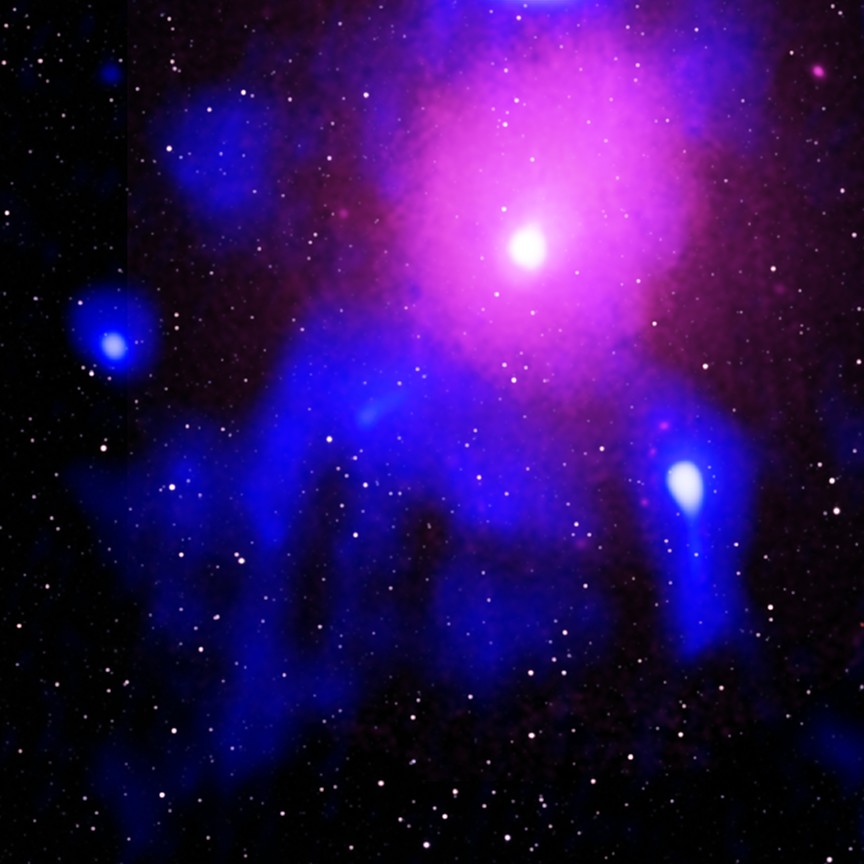
X-ray: ESA/XMM-Newton and NASA/CXC/Naval Research Lab/S. Giacintucci; Radio: NCRA/TIFR/GMRTN; Infrared: 2MASS/UMass/IPAC-Caltech/NASA/NSF
Like galactic volcanoes, black holes are known to occasionally flare up and give off incredible outbursts of energy, punching holes in surrounding gas and material. And this year, X-ray and radio telescopes discovered one of the biggest “craters” the universe has ever seen.
It seems that the supermassive black hole at the center of the Ophiuchus galaxy cluster threw a corker of a tantrum at some point in the distant past – as researcher Simona Giacintucci put it, “you could fit fifteen Milky Way galaxies in a row into the crater this eruption punched into the cluster’s hot gas.”
The sheer size of it led astronomers to initially rule out the possibility of an explosion, but when the crater was found to be visible in both X-rays and radio waves, other explanations couldn’t cut it. The amount of energy it would take to leave such an intergalactic mark is unfathomable.
Radio repeaters
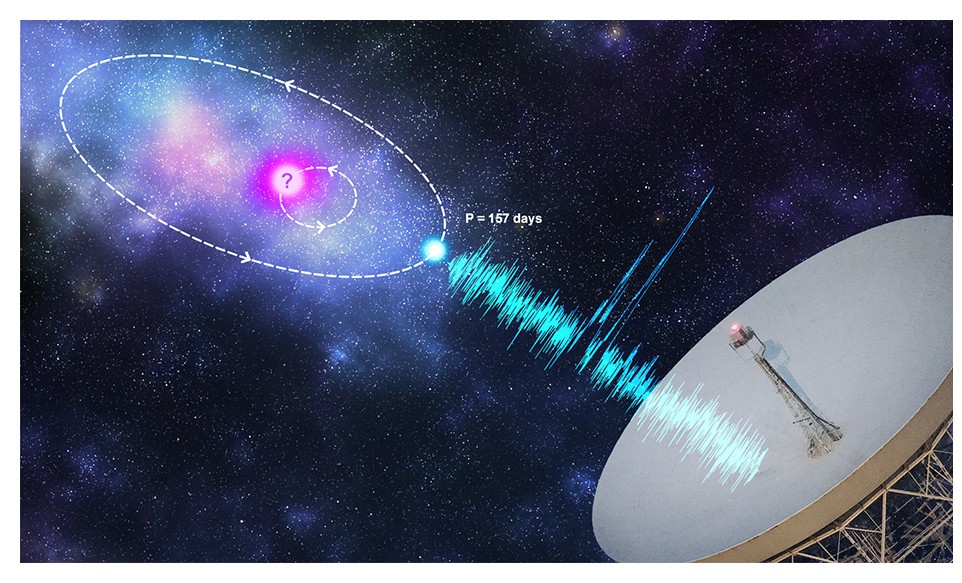
Kristi Mickaliger
Fast radio bursts (FRBs) are one of the most fascinating cosmic mysteries in decades – and this year, new clues to their identity came to light.
Most of these signals are one-off events lasting mere milliseconds, but a few of them have been seen to repeat at random intervals. Or at least, astronomers thought they were random. Early in 2020 astronomers discovered one FRB that repeats on a 16-day cycle, firing off bursts for around four days then falling silent for 12 days.
A few months later, another study discovered a hidden pattern in a famous repeater that’s been watched intently since 2012. Previously thought to be random, eight years of observations revealed that this FRB was on a 157-day cycle, active for 90 days then quiet for 67 days. The team predicted its next active phase for August – and lo and behold, the thing flared back up again on schedule.
Caught red-handed
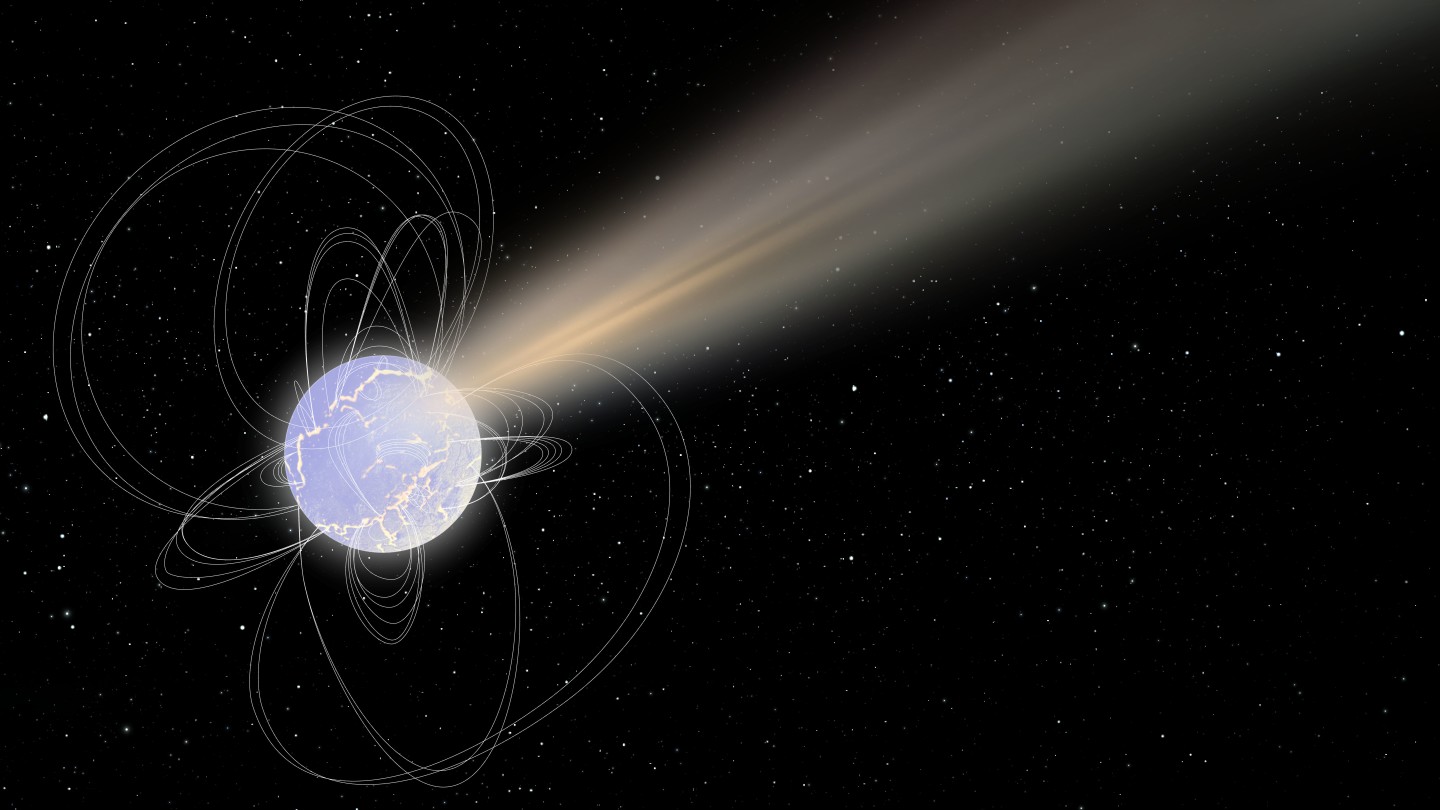
ESA
But the biggest clue to the FRB mystery, which may unravel their identity, was the first ever detection of one of these signals from our very own galaxy.
On April 28, astronomers picked up activity from a magnetar, an extremely dense neutron star with a powerful magnetic field. Along with the usual X-rays, this one emitted a bright burst of radio waves that looked suspiciously like an FRB. Magnetars were already high on the list of suspects, and this new detection strengthens the case.
Whether they account for any, some, or all FRBs remains to be seen, and will need more observations, but it’s a fascinating lead.
Most magnetic object ever
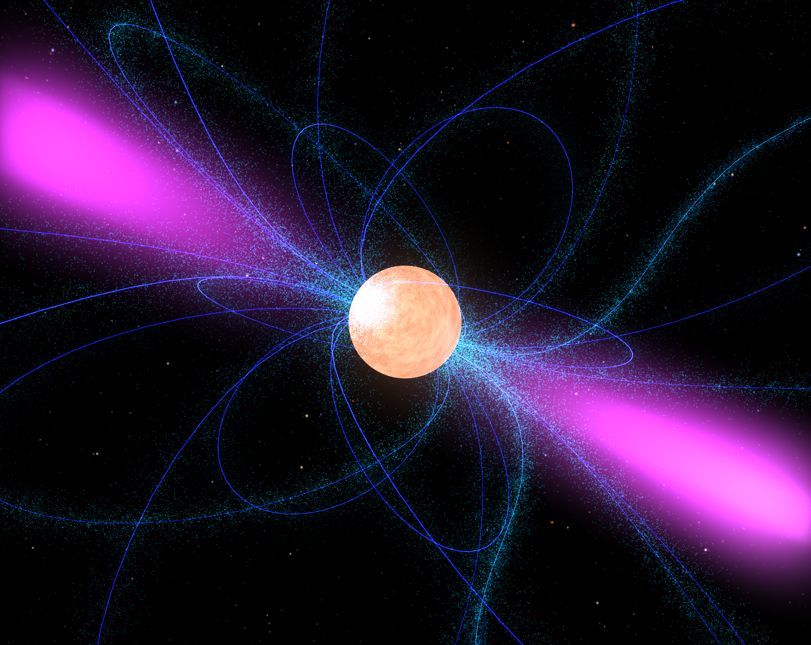
NASA
Another type of neutron star also captured astronomers’ attention this year, with a pulsar found to have the strongest magnetic field we’ve ever observed in the universe.
The team calculated that the magnetic field of this pulsar was as high as one billion Tesla (T). For reference, the Sun’s magnetic field tops out at about 0.4 T, while Earth sports a tiny 30 micro-Tesla. Your average white dwarf star may get as high as 100 T, and the strongest ever created in a lab on Earth is 1,200 T.
Don’t get too close though – this pulsar’s 1 billion T magnetic field would be enough to rip you apart atom by atom.
Brand new cosmic mystery
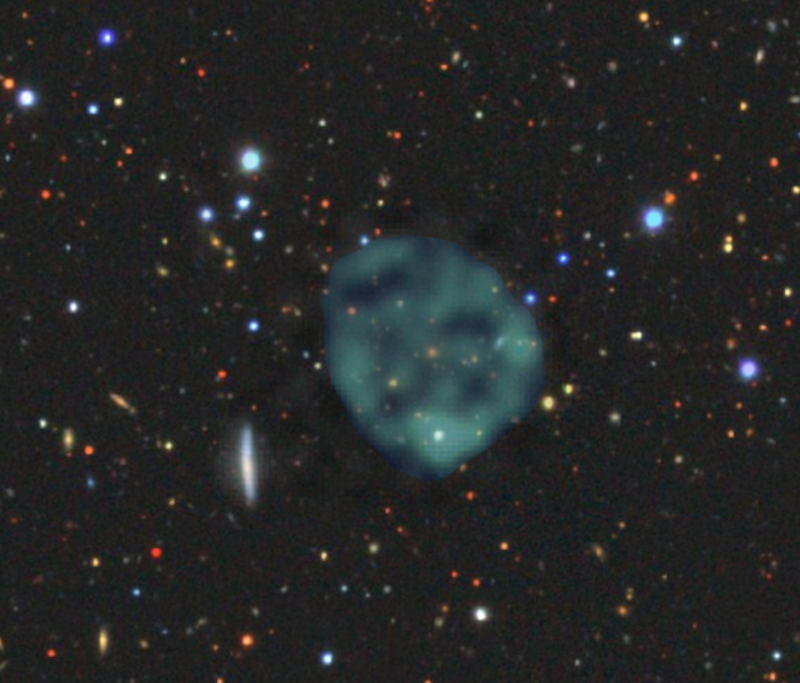
Bärbel Koribalski, based on ASKAP data. Optical: Dark Energy Survey
With the FRB case (almost) closed, we needed a new cosmic mystery to chew on – and space delivered one immediately. “Odd radio circles” (ORCs) are unexplained blobs of radio emission that don’t correspond to any known object or phenomenon.
Only a handful of ORCs have been found so far in radio images, and they don’t give off any optical, infrared or X-ray signals. Astronomers can’t yet tell how far away or big they are, either – they might be spots a few light-years wide lurking within the Milky Way, or they could be way beyond our galaxy and measure millions of light-years wide.
These odd radio circles appear to be a brand new astronomical object, although they may be connected to something we already know about. Either way, watching the observations and clues pour in over the next few years will be exciting.
Source of Article